The shortcomings were pointed out by the Ministry of Education and Training in the submission attached to the draft Decree regulating salary policies and allowances for teachers to solicit broad comments from agencies, organizations and individuals.
The first problem that the Ministry of Education and Training mentioned is that it has not yet implemented the policy of giving teachers' salaries the highest priority in the administrative career salary scale.

The Ministry of Education and Training pointed out a series of shortcomings in the current salary policy for teachers.
PHOTO: TUYET MAI
The Ministry of Education and Training cited: "The salary scale applied to civil servants in general includes 10 salary scales (from civil servants of type C3 to A3.1) with levels from 1 to 12 (the number of levels depends on the type of civil servant). However, the current salary classification for teaching positions only has 3 teaching positions that are applied to the salary of civil servants of type A3: senior university lecturers (including professors and associate professors), senior vocational education lecturers, senior vocational education teachers, accounting for about 1.17% compared to the total number of teachers. While other sectors and fields have about 10% The civil servant is subject to the salary of type A3 civil servant.
The Ministry of Education and Training also pointed out that the salaries of most teachers are lower than those of civil servants in other sectors.
Civil servants in other sectors are classified into 3-4 ranks (from rank IV to rank I), receiving salaries from A1 - A2.1 - A3.1 (corresponding to salary scales 6 - 8 - 10). Except for health care and science and technology, other sectors only require the general education level of civil servants from rank III to rank I to be university.
Except for university and college lecturers and vocational education teachers, teachers are also classified into 3 - 4 ranks (from rank IV to rank I), most of whom are receiving salaries from A0 - A1 - A2.2 - A2.1 (corresponding to salary scales 5 - 6 - 7 - 8) and are preschool, general education, university preparatory, and continuing education teachers (accounting for about 88% of the total number of teachers).
There are even vocational education teachers who are only ranked at salary scale 4, with a starting salary coefficient of 1.86, the salary according to the coefficient of newly entered vocational education teachers is 4,352,400 VND.
Preschool teacher salary is almost the lowest compared to other industries and fields.
The Ministry of Education and Training c, Clause 1, Article 23 of the Law on Teachers stipulates that preschool teachers are entitled to higher salaries and allowances than teachers working under normal conditions. However, currently, the salary of preschool teachers is ranked lowest compared to other teaching positions (A0 - A1 - A2) and almost lowest compared to civil servants in other sectors and fields.
Meanwhile, according to the scientific research topic on "Current status of working conditions of preschool teachers as a basis for proposing the classification of heavy, toxic and dangerous occupations" by the Institute of Labor Safety and Hygiene (Vietnam General Confederation of Labor), the research and assessment of the working conditions of preschool teachers is 3.69 (within the range of jobs with type IV working conditions), which is a heavy, toxic and dangerous occupation.
The way teachers are paid has not motivated them.
The Ministry of Education and Training stated: Salary regulations are applied generally to all civil servants in all sectors/fields, leading to the inability to reflect the complexity of each different sector and profession.
The difference in salary coefficients between the salary tables of civil servants is not similar, there are salary tables with too little difference between the starting salary coefficients, or there are salary tables with quite a large gap between the starting salary coefficients. For example, the difference in starting salary coefficients between A0 (2.10) and A1 (2.34) and between A2.2 (4.0) and A2.1 (4.4) is very small. This does not create motivation for teachers to study to improve their professional qualifications, skills and career advancement.
According to the Ministry of Education and Training, the current method of paying salaries according to tables, types, and levels is based on the appointed position, training level, and seniority, not linked to the performance of the duties of the cadres, civil servants, public employees, and the salary source.
The salary gap between newly qualified teachers and experienced teachers is large (higher coefficient, higher seniority allowance, and preferential allowances are equal but calculated according to the salary coefficient, so the gap is even larger) while performing basically the same tasks.
According to the draft Decree regulating salary policy and allowance regime for teachers to solicit broad comments from agencies, organizations and individuals, all teachers are entitled to a special salary coefficient. In particular, preschool teachers are entitled to a special salary coefficient of 1.25 compared to the current salary coefficient; other teacher positions are entitled to a special salary coefficient of 1.15 compared to the current salary coefficient.
Source: https://thanhnien.vn/hang-loat-bat-cap-trong-cach-tinh-luong-nha-giao-185251103161054158.htm



![[Photo] Prime Minister Pham Minh Chinh receives the Chairman of the Japan-Vietnam Friendship Association in the Kansai region](https://vphoto.vietnam.vn/thumb/1200x675/vietnam/resource/IMAGE/2025/11/03/1762176259003_ndo_br_dsc-9224-jpg.webp)
![[Photo] Fall Fair 2025 and impressive records](https://vphoto.vietnam.vn/thumb/1200x675/vietnam/resource/IMAGE/2025/11/03/1762180761230_ndo_br_tk-hcmt-15-jpg.webp)
![[Photo] Lam Dong: Close-up of illegal lake with broken wall](https://vphoto.vietnam.vn/thumb/1200x675/vietnam/resource/IMAGE/2025/11/03/1762166057849_a5018a8dcbd5478b1ec4-jpg.webp)
![[Photo] General Secretary To Lam receives Singaporean Ambassador Jaya Ratnam](https://vphoto.vietnam.vn/thumb/1200x675/vietnam/resource/IMAGE/2025/11/03/1762171461424_a1-bnd-5309-9100-jpg.webp)














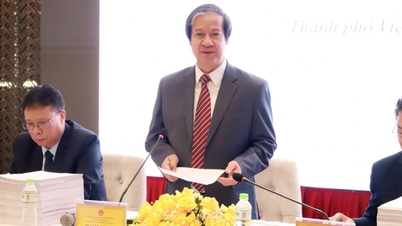









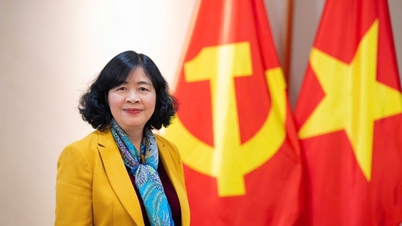








































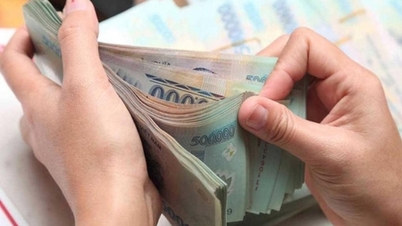





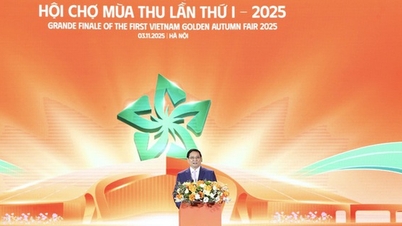












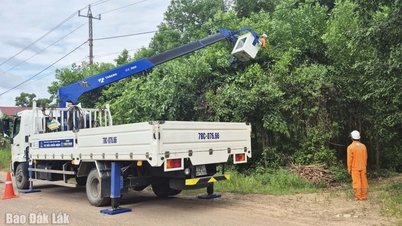



















Comment (0)